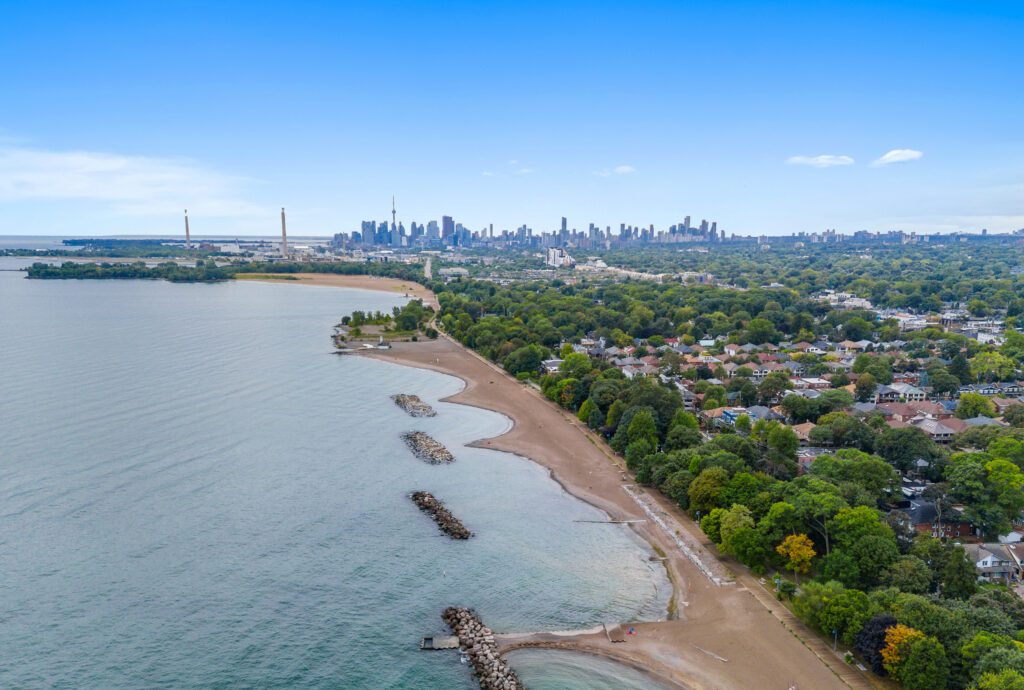There’s a lot of speculation about the future housing market when it comes to the cost of home ownership, but you may have recently spotted stories in the news hinting at how future homes themselves could be built: with 3D printing. This Fibonacci-inspired house in British Columbia (pictured here, CBC) with curved walls and mountain views is Canada’s first 3D-printed house, and it’s getting a lot of attention. So is 3D printing technology the way of the future when it comes to constructing homes?
How does it work?
The ability to print small scale objects in 3D isn’t new—in fact, you can even try it out yourself at some Toronto libraries. Many industries, including medical, automotive, and manufacturing, are being transformed by this printing technology, and the construction industry is catching on.
To build a house, the process starts with a digital design and then parts (such as the walls and foundation) are sent to a robotic 3D printer to be created either at a construction site or in a factory. When completed, the parts are brought to the property to be assembled to create the home.
Where it’s being used
While the 3D-printed house in B.C.’s claim to fame is being the country’s first, the technology has already been used around the world to create innovative homes and structures, like this housing development in Austin, Texas, as well as this concrete Dutch home, and this eco-sustainable home in Italy made from clay, among many others.
Are 3D-printed homes a good idea?
There are some obvious benefits to 3D printing houses, such as the ability to construct new homes faster, and with less manual labour required. Speed and cost could play a big factor in helping to create efficient housing solutions, especially in areas of natural disasters. Although 3D printing homes could be a more affordable option, not everything required for the house can be 3D printed, and services like wiring, plumbing, and of course assembly are still necessary. Plus there’s the cost of the printer itself, or paying to use one—though these costs could decrease as the technology improves.
However there’s another pro for 3D printing houses—it has numerous environmental benefits, including reducing construction waste, and its ability to use recycled and sustainable materials for printing parts.



